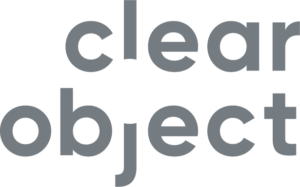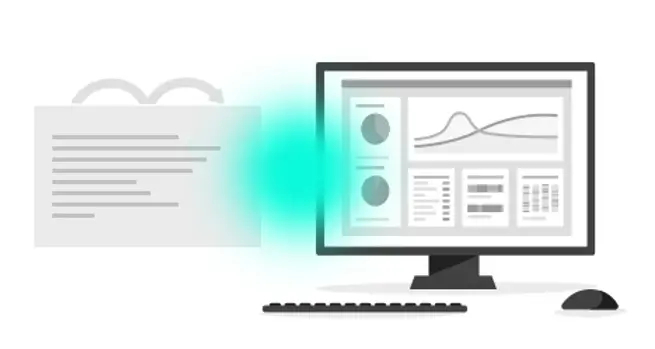1 minute read
Technology for healthcare is moving to the edge. As in, edge IoT and edge AI.
Although IoT technology in the healthcare sector has been moving in this direction for a few years now, 2020 will broaden the ways edge IoT and edge AI are being used. Things like patient privacy, radiology and imaging, and monitoring for hospital rooms will all feel the effects of edge IoT technology to a greater degree.
Here are five of the more notable ways edge IoT and edge AI will enable healthcare providers to improve how they manage and deliver services and administer patient care.
Edge IoT to ensure patient privacy
Edge IoT is going to ensure patient privacy by enabling AI applications that were not possible before. This is primarily due to the fact that, at the edge, patient data can stay on premise of a healthcare provider and a model can be run on site rather than the cloud. As a result, patient privacy and HIPAA compliance is maintained. This is going to increase AI adoption significantly within the healthcare system.
Collaboration for training machine learning models
Edge IoT will enable collaboration among healthcare providers in training machine learning models without having to share data. A hospital provider can train a machine learning model on their premise and then pass the model to another healthcare provider to continue training on their data. This results in a model being able to train on a larger amount of patient data, which substantially improves performance while the hospital system can do this without compromising patient privacy and other sensitive information. This process is known as Federated Learning.
New applications in radiology
IoT will enable new applications in radiology. Due to the large file sizes of DICOM images, it’s costly and time consuming to send MRI/CT images to the cloud for analysis. With edge IoT, the analysis can be done locally, allowing for quick analysis that does not disrupt radiology workflows.
Edge AI specific platforms
NVIDIA, Intel and others will roll out Edge AI specific platforms for healthcare that allows developers to focus on the application development while deployment on the edge in a HIPAA compliant manner will be streamlined.
Autonomous monitoring of hospital rooms
Edge AI will enable autonomous monitoring of hospital rooms, which will reduce the number of medical errors. By using computer vision and other sensors, an edge device will be able to monitor rooms and detect potential issues. Hospital staff could then be notified of the issue.
About the Author

Kishan Bhoopalam is ClearObject’s principal data scientist in the company’s IoT Product Development group. With a B.S. in Neuroscience and an M.S. in Computer Science (focus in machine learning and AI), he is an authority in applying machine learning to problems in healthcare — and in writing about things like edge IoT and edge AI.
About ClearObject
ClearObject is a digital transformation leader in Internet of Things (IoT) Engineering and Analytics. As IBM Watson IoT and Google Cloud Business Partners, we deliver global embedded software development environments for our customers, and design and deliver unique data analytics digital products that help them recognize the value of their data. Our objective is clear: help the world’s best companies build intelligence into their products and gain intelligence from them. The future is clear. Do you see it?
#edgeiot #edgeai #iottechnology #iotinhealthcare #machinelearning

